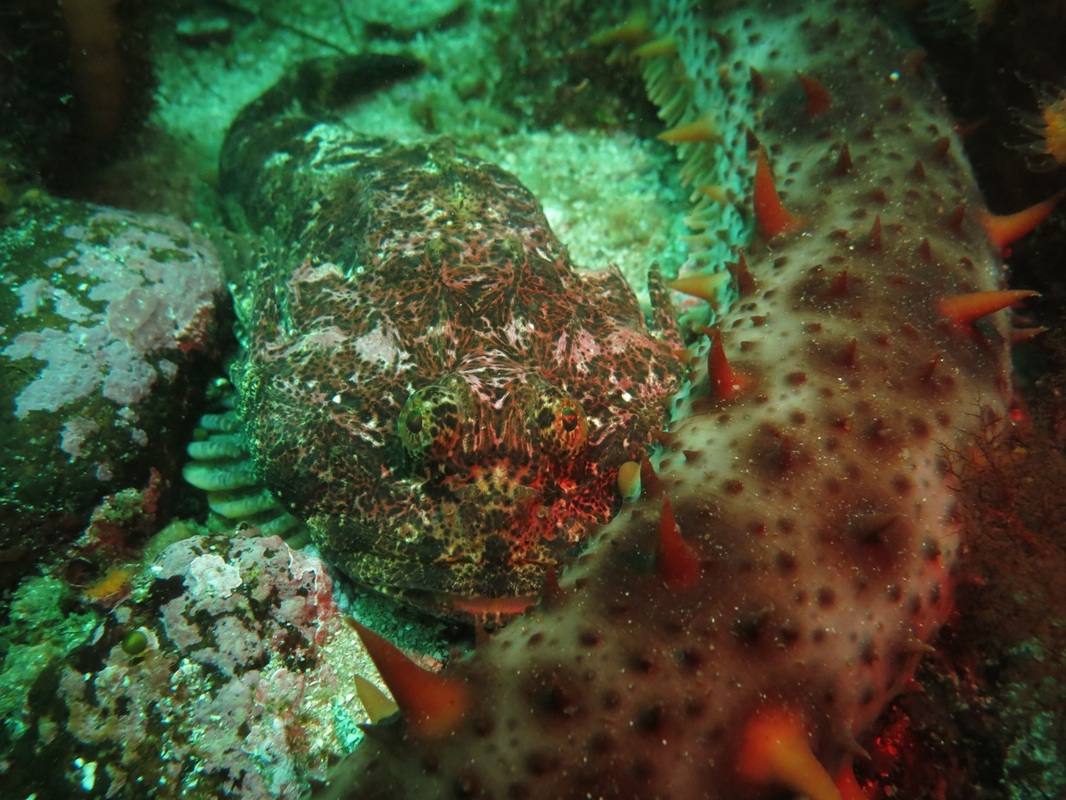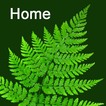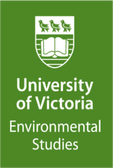Buffalo sculpin • Enophrys bison
{Enophrys = enlarged eyebrow; bison = North American buffalo}
Identification
This well-camouflaged sculpin is mottled in colour, varying from from pink and green to brown, and has dark saddle patches lining its back. A large straight spine projects from each cheek, and its lateral line is made prominent by raised plates. It has a short, blunt snout. It reaches 37 cm long.
Habitat & Range
The buffalo sculpin inhabits rocky reefs, where it camouflages itself among seaweed and rocks coloured by encrusting animals (e.g. bryozoans, sponges) and algae. It can be found from shallow subtidal locations to depths usually less than 20 m. Its range extends from Kodiak Island in central Alaska to Monterey, California.
Human Uses
The buffalo sculpin is caught by recreational fishermen and is also displayed in aquariums.
Intriguing Info
When disturbed this fish remains still and relies on its camouflage for protection.
This well-camouflaged sculpin is mottled in colour, varying from from pink and green to brown, and has dark saddle patches lining its back. A large straight spine projects from each cheek, and its lateral line is made prominent by raised plates. It has a short, blunt snout. It reaches 37 cm long.
Habitat & Range
The buffalo sculpin inhabits rocky reefs, where it camouflages itself among seaweed and rocks coloured by encrusting animals (e.g. bryozoans, sponges) and algae. It can be found from shallow subtidal locations to depths usually less than 20 m. Its range extends from Kodiak Island in central Alaska to Monterey, California.
Human Uses
The buffalo sculpin is caught by recreational fishermen and is also displayed in aquariums.
Intriguing Info
When disturbed this fish remains still and relies on its camouflage for protection.
References
Froese, R. and Garilao, C. V. Enophrys bison (Girard, 1854) Buffalo sculpin. FishBase. Accessed 17/03/2015.
Harbo, R. M. (2011). Whelks to whales: Coastal marine life of the Pacific Northwest [revised]. Madeira Park, BC: Harbour Publishing. P. 211.
Lamb, A. and Edgell, P. Coastal Fishes of the Pacific Northwest. Revised. (2010). Madeira Park, BC: Harbour Publishing. Pp. 244-245.
Authors and editors of page
Kelly Fretwell and Brian Starzomski (2015).
Froese, R. and Garilao, C. V. Enophrys bison (Girard, 1854) Buffalo sculpin. FishBase. Accessed 17/03/2015.
Harbo, R. M. (2011). Whelks to whales: Coastal marine life of the Pacific Northwest [revised]. Madeira Park, BC: Harbour Publishing. P. 211.
Lamb, A. and Edgell, P. Coastal Fishes of the Pacific Northwest. Revised. (2010). Madeira Park, BC: Harbour Publishing. Pp. 244-245.
Authors and editors of page
Kelly Fretwell and Brian Starzomski (2015).






